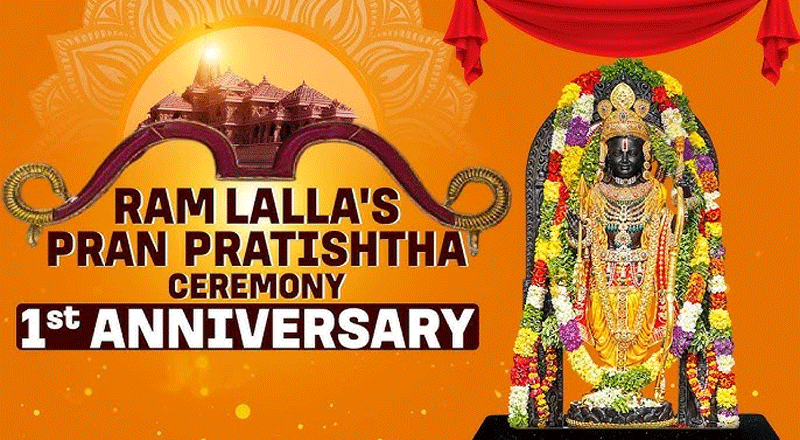- The NEET UG Result 2024 has unveiled an unusual scenario where approximately 44 candidates ascended to the top ranks, courtesy of an unexpected turn of events.
- Despite answering a basic physics question incorrectly, these students were awarded “grace marks” due to an erroneous reference in their old Class 12 NCERT science textbook.
- The decision to grant grace marks came after over 10,000 candidates raised concerns regarding an outdated statement in the NCERT textbook.
- The NEET UG exams have seen a limited number of toppers, with no more than three in recent years.
- This year’s examination saw an unprecedented surge, with a staggering 67 candidates achieving a perfect score of 720 out of 720, setting a new benchmark.
- Rajasthan produced the highest number of toppers (11), followed by Tamil Nadu (8), Maharashtra (7), and Andhra Pradesh and Bihar with four each.
- NTA clarified that a tie-breaker policy would determine the final merit list, ensuring fairness in admissions.
The recently declared NEET UG Result 2024 has stirred conversations across educational circles, with an unexpected twist elevating numerous candidates to the pinnacle of achievement. What began as a routine examination soon unfolded into a narrative of irony and grace, as approximately 44 students, owing to an inadvertent textbook discrepancy, found themselves among the coveted ranks of NEET toppers. This unexpected turn of events sheds light on the intricacies of examination processes and the significant role that study materials play in shaping outcomes.
The NEET UG Result 2024 has unveiled an unusual scenario where approximately 44 candidates ascended to the top ranks, courtesy of an unexpected turn of events. Despite answering a basic physics question incorrectly, these students were awarded “grace marks” due to an erroneous reference in their old Class 12 NCERT science textbook.
The decision to grant grace marks came after over 10,000 candidates raised concerns regarding an outdated statement in the NCERT textbook, which inaccurately claimed that “Atoms of each element are stable,” whereas the correct version states that atoms of “most” elements are stable.
Historically, the NEET UG exams have seen a limited number of toppers, with no more than three in recent years. However, this year’s examination saw an unprecedented surge, with a staggering 67 candidates achieving a perfect score of 720 out of 720, setting a new benchmark.
The National Testing Agency (NTA), responsible for conducting the NEET UG exams, addressed the discrepancy by acknowledging the reliance on NCERT textbooks for exam preparation. Consequently, candidates who selected the option affirming both statements as correct were credited, resulting in a boost to their scores.
NTA officials highlighted the common practice of students using older editions of textbooks passed down from siblings, underscoring the need for protocols to address such situations in the future.
While 67 students attained the top rank, it doesn’t guarantee admission to premier institutions like AIIMS. NTA clarified that a tie-breaker policy would determine the final merit list, ensuring fairness in admissions.
The surge in top scorers was not solely attributed to the textbook error; officials cited the relatively easier exam paper this year and a significant increase in registrations as contributing factors.
NEET UG 2024 witnessed an unprecedented 23.81 lakh registrations, marking a substantial rise from the previous year’s figures. Among the perfect scorers, Rajasthan produced the highest number of toppers (11), followed by Tamil Nadu (8), Maharashtra (7), and Andhra Pradesh and Bihar with four each.
In conclusion, the NEET UG 2024 results not only highlighted the significance of accurate study materials but also underscored the need for adaptability and fairness in assessment processes. Despite the unexpected circumstances, the surge in top performers signals both the aspirational fervor among students and the evolving dynamics of competitive examinations in the country.
(With inputs from agencies)





